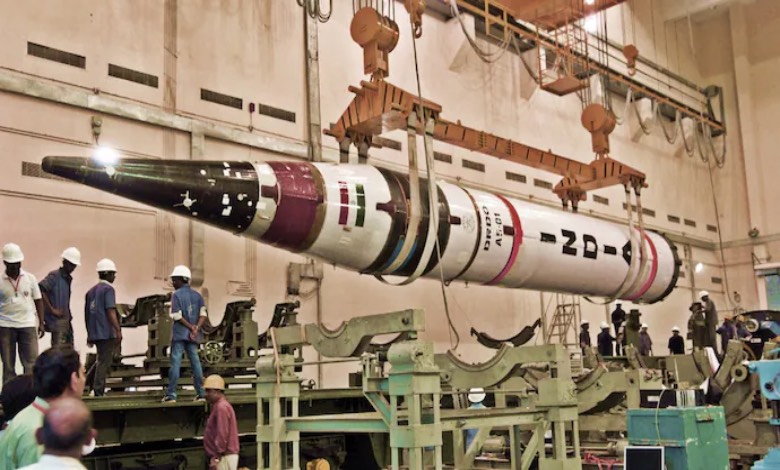
India is accelerating development of a modified Agni-5 missile capable of destroying fortified underground targets, following recent U.S. bunker-buster deployments against Iran. The Defence Research and Development Organisation (DRDO) is creating a conventional variant designed to penetrate 80-100 meters below ground before detonating its massive 7,500-kilogram warhead—the largest conventional payload in India’s arsenal.
Unlike the nuclear-capable base Agni-5 (range >5,000 km), this version responds to lessons from global conflicts by targeting hardened facilities beneath reinforced concrete. The development comes after the U.S. recently deployed 14 GBU-57 Massive Ordnance Penetrators—currently the world’s largest conventional bunker busters—against Iranian nuclear infrastructure.
Technical Capabilities:
- Two variants in development: airburst warheads for surface targets and deep-penetration models
- Reduced range of 2,500 km but hypersonic speeds (Mach 8-20)
- Warheads up to 8 tons—among heaviest conventional payloads globally
- Missile-delivery system (unlike U.S. aircraft-dependent GBU-57/GBU-43)
Strategic Shift:
The missile-delivery approach offers cost and flexibility advantages over bomber-deployed systems. These weapons will specifically target underground command centers, missile silos, and critical military infrastructure in adversarial nations, including Pakistan and China. DRDO’s project underscores India’s push for indigenous defense technology and enhanced strategic deterrence capabilities.




